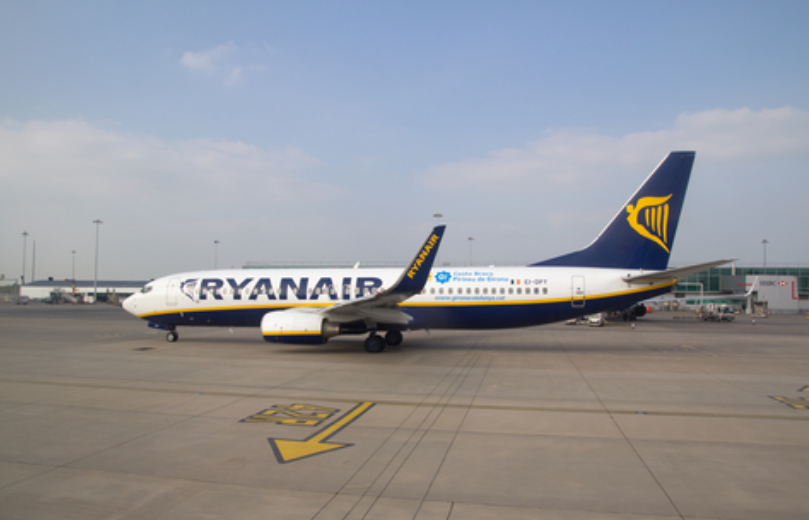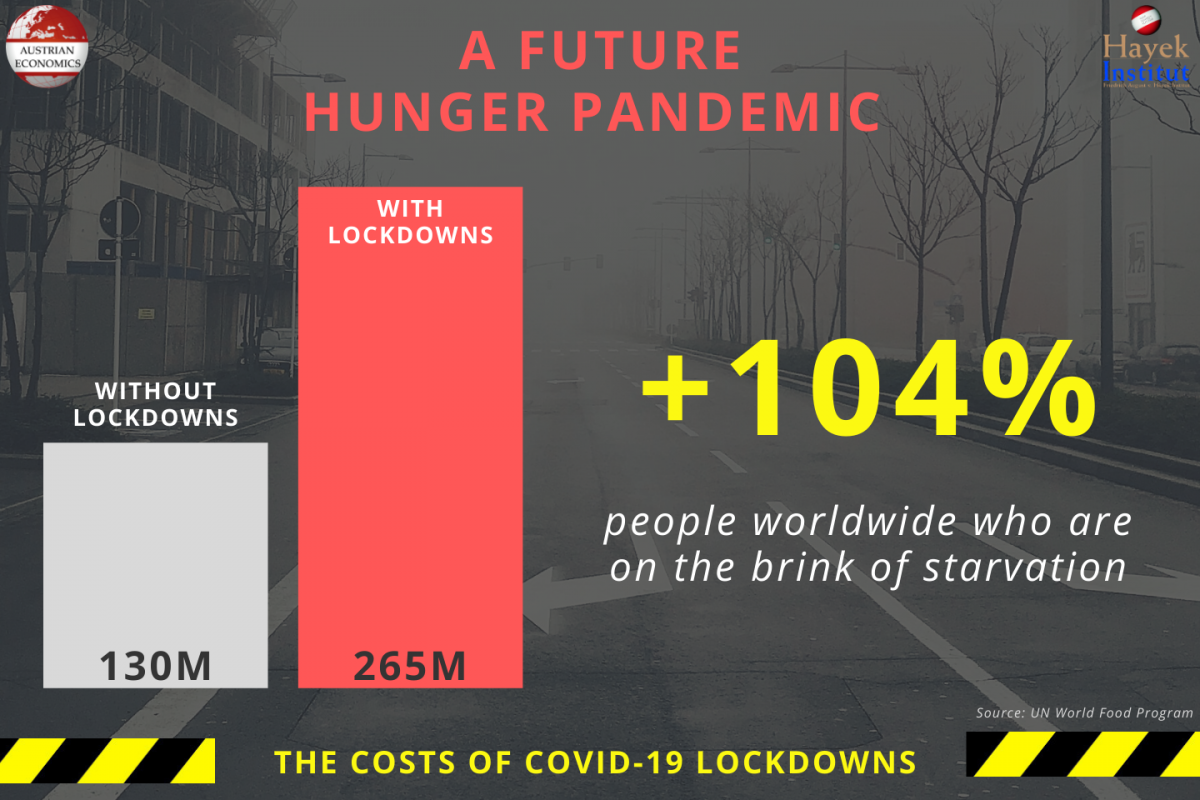The Covid-19 pandemic has disrupted transportation worldwide, sending shockwaves across supply chains, lowering demand and reducing revenue. Shipping and aviation especially experienced a steep financial decline. Companies have had to operate at limited capacity and growth prospects have dropped sharply. According to the World Trade Organization, global maritime trade volumes declined by approximately 10 percent in 2020. The International Civil Aviation Organization (ICAO) estimates there was a 60 percent drop in passenger transport during the same period. With lockdowns at their strictest, this reduction amounted to as much as 90 percent. The transportation sector’s performance and recovery in 2021 now depend on its ability to seize the new opportunities
Topics:
hayek_admin considers the following as important: 6b.) Austrian center, 6b) Austrian Economics, blog, Featured, newsletter
This could be interesting, too:
Clemens Schneider writes Café Kyiv
Clemens Schneider writes Germaine de Stael
Clemens Schneider writes Museums-Empfehlung National Portrait Gallery
Clemens Schneider writes Entwicklungszusammenarbeit privatisieren
 The Covid-19 pandemic has disrupted transportation worldwide, sending shockwaves across supply chains, lowering demand and reducing revenue. Shipping and aviation especially experienced a steep financial decline. Companies have had to operate at limited capacity and growth prospects have dropped sharply.
The Covid-19 pandemic has disrupted transportation worldwide, sending shockwaves across supply chains, lowering demand and reducing revenue. Shipping and aviation especially experienced a steep financial decline. Companies have had to operate at limited capacity and growth prospects have dropped sharply.
According to the World Trade Organization, global maritime trade volumes declined by approximately 10 percent in 2020. The International Civil Aviation Organization (ICAO) estimates there was a 60 percent drop in passenger transport during the same period. With lockdowns at their strictest, this reduction amounted to as much as 90 percent. The transportation sector’s performance and recovery in 2021 now depend on its ability to seize the new opportunities that arise as the pandemic is gradually brought under control.
Transport chain restructuring
National restrictions have hit global supply chains hard, complicating logistics procedures and increasing costs for the shipping and aviation industries. Countries around the world have resorted to border closures and protectionism, rendering global supply chain practices inefficient and expensive.
Many industries have centralized critical parts of their production in Asia – most often in China. This reliance on foreign suppliers caused large backlogs of goods in Chinese warehouses and ports when the outbreak occurred. Recently, global maritime company A.P. Moller-Maersk acknowledged that the question of centralization versus decentralization will be a crucial debate for post-Covid operations. Airfreight companies, having faced a similar issue with supply chains in Asian warehouses, will need to rethink their systems.
In the long term, transportation companies are likely to pursue decentralization, nearshoring and route changes to make their supply chains more resilient. This will happen in parallel with other industries’ efforts to diversify their production sites. In the short term, however, the transport industry will have to improve transparency and make the right strategic choices regarding structural change.
Competition and state aid
To soften the blow from the economic slowdown, shipping carriers and airlines have asked governments to support them by granting them bailouts and exempting them from strict competition rules. However, such measures have limited efficacy in the face of a global pandemic. Companies are therefore likely to push for a revision of competition and state aid policies in the coming years.
In shipping, companies are generally prohibited from entering into agreements that aim to restrict competition. However, to allow for more efficient use of cargo capacity and to create more connections for shippers, countries sometimes allow competing carriers to enter into cooperation agreements under block exemption regulations, enabling them to provide joint services as long as it does not include price-fixing or market sharing. When demand for maritime trade fell in 2020, within the framework of competition rules the main carriers withdrew their vessel capacity. The container shortage subsequently resulted in a temporary price surge. These events also prompted competition authorities to question current competition rules. The EU recently prolonged the rules allowing maritime carriers to provide joint services. On the other hand, the U.S. Maritime Commission continues to investigate shippers, while China has already demanded that the practice end and that large carriers bring back the canceled services. In January 2021, China’s Ministry for Commerce warned it would soon follow up on its demands.
Once the pandemic subsides, maritime carriers will want to protect themselves from future financial hardship and competition scrutiny caused by new outbreaks or other events that lead to significant instability in supply and demand. They will likely use the momentum of the pandemic to work toward relaxing Chinese competition scrutiny in the short term, and a global adjustment of block exemption principles in force-majeure situations in the longer term.
Countries will also likely change how they distribute aid. At the peak of the aviation crisis, the airline industry sought relief from governments to avoid bankruptcy as passenger numbers plummeted. But these efforts rapidly led to complications, especially in the EU. Member states often favored flag carriers, leaving companies like Ryanair and EasyJet to fend for themselves. In 2020, the OECD urged legislators to strike the right balance between aiding airline companies and distorting the market, pointing out that legislative intervention can hurt competition. From the industry side, on January 22 of this year, Ryanair filed a complaint against Germany’s multibillion bailout for Lufthansa at the EU’s General Court. The company argued that the European Commission’s approval of the bailout was discriminatory and distorted the level playing field in the EU. On February 10, Ryanair also called on the European Commission to reject French state aid plans to Air France because of similar concerns. More airlines can be expected to join the lawsuit and express dissatisfaction with the legislative landscape, creating an impetus to change European state aid rules and forming a precedent for non-flag carriers.
Digitization and automation
The transport sector’s technological development has stagnated, particularly in shipping, where processes are heavily dependent on human involvement and paper documents. The pandemic could reinvigorate transport by accelerating the shift to digitized and automated mobility.
Transport documents
The need for social distancing requires fewer paper transactions. At seaports, health restrictions prevented goods from being released because there were too few employees to stamp documents. The industry has looked for opportunities to make electronic title transfer legally binding. In September 2020, the International Chamber of Commerce launched a digital standards initiative to digitize transport documents, among others. In December 2020, the Digital Container Shipping Association published a set of standards to facilitate the digitization of transport documents in the hopes of accelerating legislative changes around the world. It is therefore likely that countries will soon change the legal status of electronic bills of lading and other transport e-documents.
For aviation, more digitization is also likely. According to recent statements made by the International Air Transport Association (IATA), the industry will be moving to paperless operations, which will include a progressive shift from paper-based travel authorizations to digital IDs. An investment surge in companies providing e-solutions for maritime and aviation industries is likely.
Technology uptake
In maritime transport, seafarers usually spend six months at sea before returning home. But with the onset of the pandemic, up to 400,000 seafarers were stranded on ships for substantially longer periods, as countries worldwide banned crew from coming ashore. The crisis is making the maritime industry and investors look toward vessel automation.
According to technology consultancy Thetius, the market for unmanned ships is currently worth $1.1 billion annually and will reach $1.5 billion by 2025. Countries and companies are likely to further invest in autonomous shipping in the next few years. With 96 percent of the world’s patents for autonomous shipping technology registered in China, it is probable that maritime conglomerates will rely heavily on Chinese technology.
The aviation industry is also looking into unmanned aerial vehicles to aid airport and airline personnel with pre-screening passengers and cargo, performing temperature checks and disinfecting surfaces. Drones are increasingly being used to transport critical goods, like medicine, at the local and regional level. A recent industry report shows that the global drone market is expected to grow at a considerable rate in the coming years, driven by concerns raised during the pandemic. The Chinese company DJI, which accounts for 70 percent of the global consumer and enterprise drone market, is positioning China as the main producer for this technological shift. (According to the same report, interest in military drones is also rising, with China emerging as a key exporter in this sector as well.)
The pandemic has led the transport industry to seek new technologies. By answering this need, China will position itself as a major player in the post-pandemic world.
Tags: Blog,Featured,newsletter








